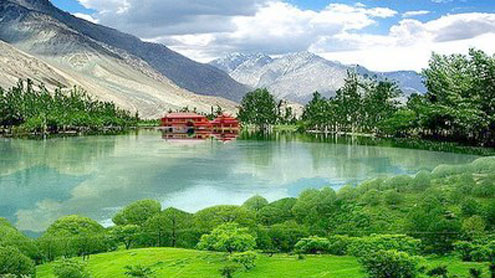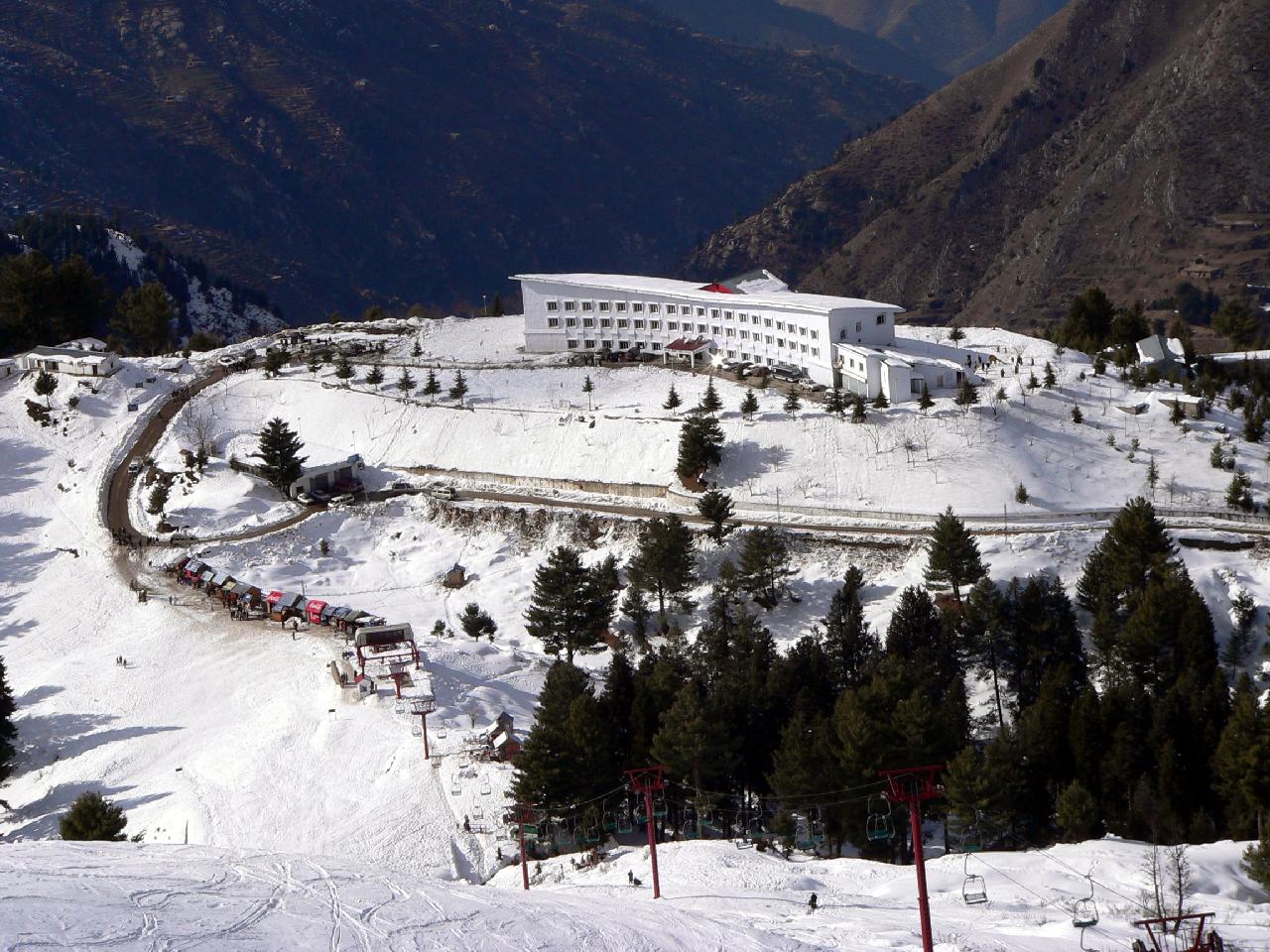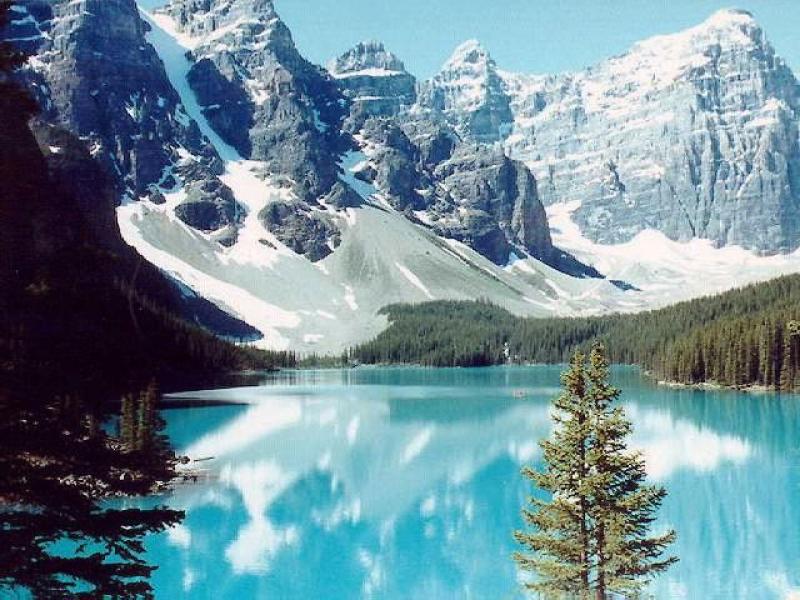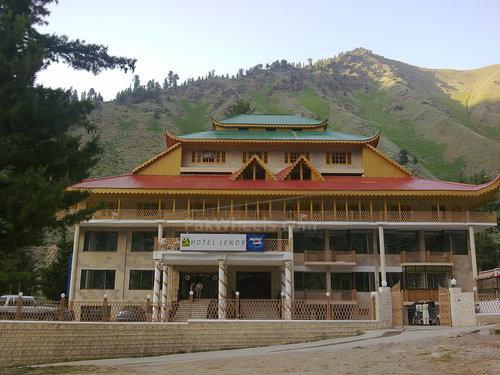Swat Valley - The Land of Romance and Beauty

Elevation: The altitude of the Swat Valley is 975.36 metres and reaches to 2900 meters. Falak Sher/Sar Peak: (5918 m) 19416 feet is the highest peak of Hindu Kush Range in Swat Valley. Malakand Pass: 470m to 663m The mateled road pass between Mardan and Swat is normally opens around the year.
Shangla Pass/Top: (7001 feet or 2,125 meters above sea level), 56 km from Saidu Sharif and 45 km from Besham (Karakoram Highway).
Distance: 266km. Between Islamabad and Saidu Sharif.
By Road: 5 ½ hours through windin road.
The beautiful flourishing Swat Valley, with its year round view of spectacular majestic snow capped mountains, borders Afghanistan in the North Western Frontier Providence. The lush-green valley of Swat, with its rushing torrents, icy-cold lakes, fruit-laden orchards and flower-decked slopes is ideal for holidaymakers.
Swat, the land of romance and beauty, is celebrated throughout the world as the holy land of Buddhist learning and piety. Swat acquired fame as a place of Buddhist pilgrimage. Buddhist tradition holds that the Buddha himself came to Swat during his last reincarnation as the Guatama Buddha and preached to the people here.
Swat - Cradle of Buddhism:
It has a rich historical past, too. This is "Udayana" (T he Garden) of the ancient epics; the land of enthralling beauty, where Alexander of Macedonia fought and won some of his major battles before crossing over to the delta of Indus River. This is the "valley of hanging chairs", as described by the famous Chinese pilgrim-chroniclers, Huaen Tsang and Fa-Hian in the fifth and sixth centuries.
he Garden) of the ancient epics; the land of enthralling beauty, where Alexander of Macedonia fought and won some of his major battles before crossing over to the delta of Indus River. This is the "valley of hanging chairs", as described by the famous Chinese pilgrim-chroniclers, Huaen Tsang and Fa-Hian in the fifth and sixth centuries.
Swat was once the cradle of Buddhism of all of its schools – Mahayana, Hinayana and Tantrayana, where once 1,400 monasteries flourished. It was the home of the famous Gandhara School of Sculpture that was an expression of Greco-Roman form in the local Buddhist tradition.
Swat - Conquered By Muslims:
Swat was also the historical land where the Muslim conquerors, Mahmud of Ghazni, Babur of Ferghana and Akbar fought their battles preparatory to the conquest of South Asia. The valley of Swat sprawls over 10,360 sq. km at an average elevation of 875 metres. The maximum temperature in July is 38 C and minimum (during January) is 1 C. The normal temperature is maximum 21 C and minimum 7 C. The tourist season is year-round.
WHAT TO SEE IN SWAT?
Saidu Sharif, Mingora & Murghzar: Headquarters of Swat Valley, Saidu Sharif houses the Swat Museum that contains one of the finest collections of Gandhara art in the world. Mingora, the twin city of Saidu Sharif, has yielded magnificent pieces of Buddhist sculpture and the ruins of great stupas. Marghazar, 16 km from Saidu Sharif, is famous for its “Sufed Mahal” the white marble palace of the former Wali (Ruler) of Swat. Kabal is 6 km from Saidu Sharif with its excellent golf course.
A vacation in Swat Valley is an unforgettable experience!
WHAT TO EAT?
If your visiting in the summer you have a huge variety of Pakistani food restaurants in bazars.
WHERE TO STAY?
There are moderately priced hotels, motels and rest houses in Swat at Saidu Sharif, Mingora, Marghzar, Madyan, Bahrain, Kalam and Ushu. PTDC also has its Motels at Saidu Sharif, Miandam, Malam Jabba and Kalam. For local assistance, please contact: Tourist Information Centre, PTDC Motel, Saidu Sharif. Tel: (0946) 9240159 Fax: (0936) 9249156.
WHEN TO GO?
Tourist season in the Swat Valley begins in mid-May and closes in mid-October. The summer climate (June to September) is ideal, with maximum temperatures of 20oC and minimum temperatures of 5oC.






 10 o C
10 o C
